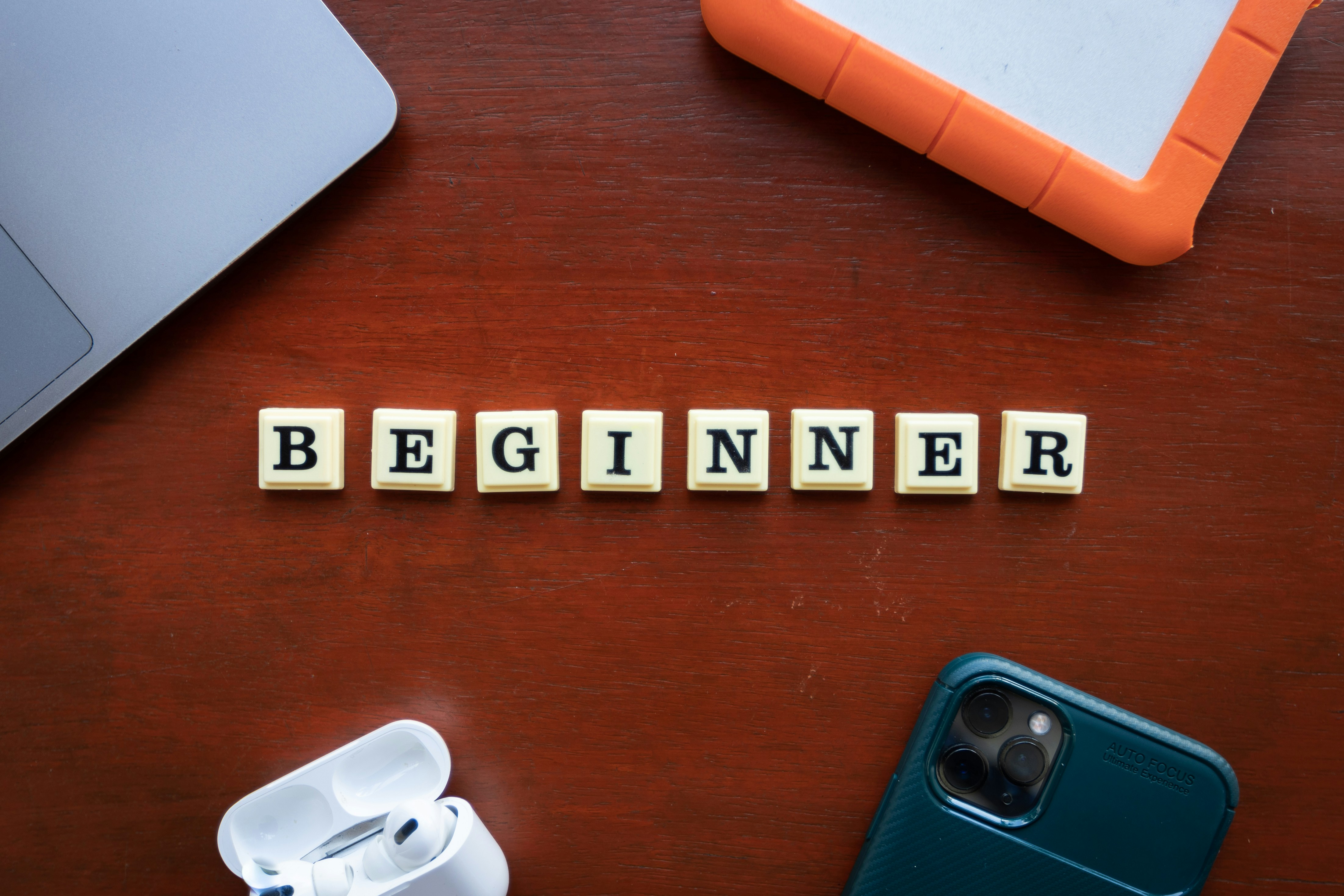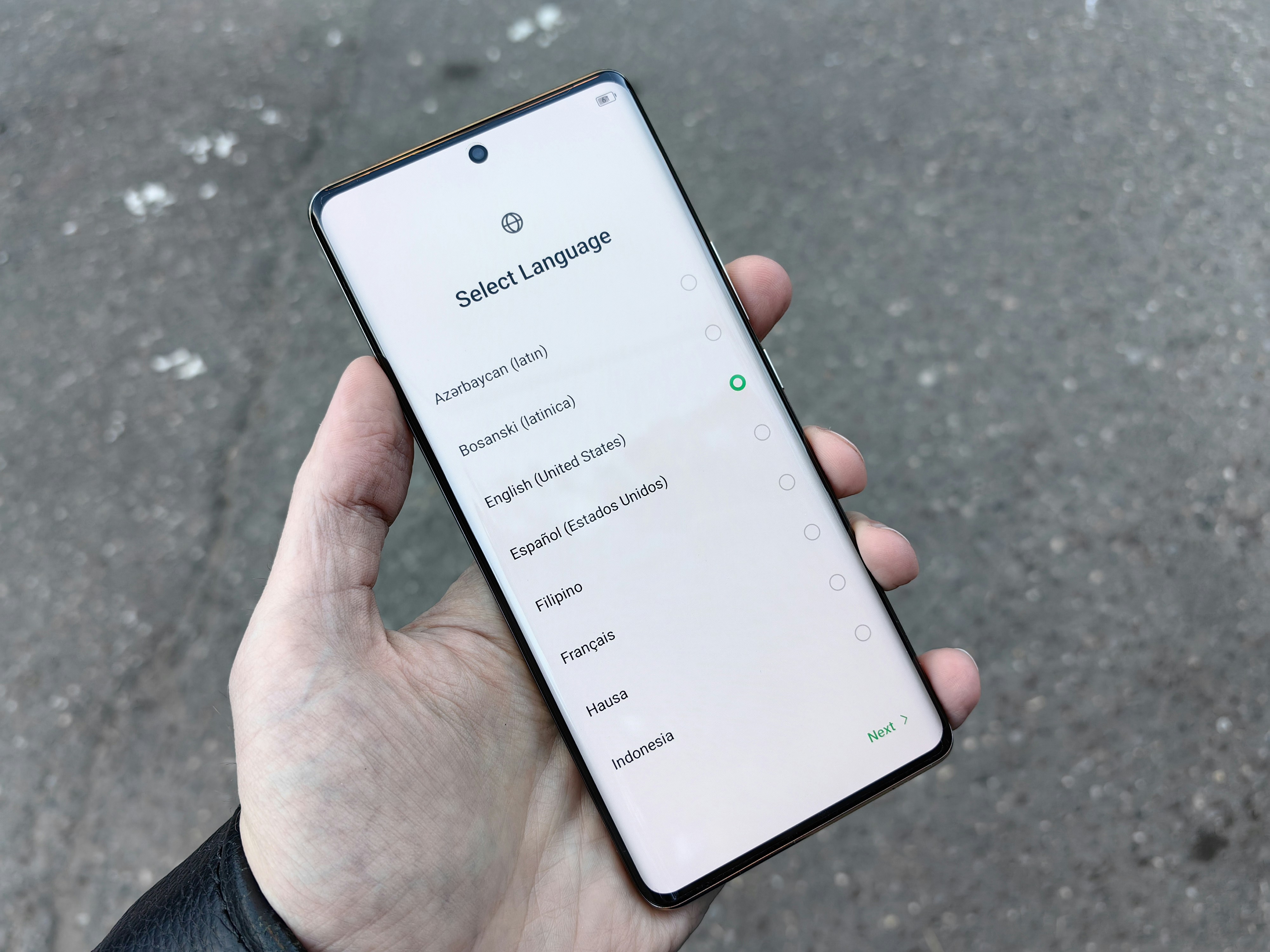
Top 10 Most Useful English Phrases for Beginners
April 27, 2025
Best Apps to Learn Spoken English for Free
April 29, 2025Understanding the Importance of Confidence
Confidence plays a crucial role in group discussions, influencing not only how individuals perceive themselves but also how they are perceived by others. When participants exhibit confidence, it establishes an atmosphere of trust and respect, encouraging openness and honesty in communication. This environment is pivotal, as it lays the groundwork for meaningful interactions where ideas can be shared freely and constructively. Those who communicate with confidence are often interpreted as more credible and knowledgeable, leading to enhanced collaboration among group members.
Furthermore, the clarity of communication is significantly impacted by one’s confidence level. Confident speakers articulate their thoughts more coherently and assertively, which aids in minimizing misunderstandings that can arise during discussions. The ability to convey ideas without hesitation allows for a smoother flow of dialogue. This fluidity not only enhances the overall quality of the group’s output but also fosters a sense of teamwork and unity. When individuals feel assured, they are more likely to express their opinions and challenge ideas, which is essential for dynamic discussions.
Additionally, confidence in group settings has important psychological benefits. Participants who approach discussions with assuredness often experience reduced anxiety levels, which allows them to focus better on the conversation at hand. This heightened engagement can lead to more innovative solutions and comprehensive insights as group members feel safer to contribute without fear of judgment. In essence, fostering confidence is not merely advantageous but is vital for creating an effective and inclusive communication environment where all participants can thrive and contribute meaningfully.
Preparing for Group Discussions
Engaging effectively in group discussions necessitates thorough preparation that not only builds confidence but also enhances one’s ability to contribute meaningfully to the dialogue. One of the first steps in this preparation is to conduct comprehensive research on the discussion topic. Understanding the nuances of the subject matter allows participants to formulate useful insights and arguments, making their contributions more relevant and impactful. Resources such as books, articles, and reputable online sources provide a solid foundation of knowledge that can be referenced during the discussion.
More
After gathering information, it is crucial to identify key points that one would like to articulate during the discussion. These points should be concise, relevant, and well thought out, ensuring that they can be naturally integrated into the conversation. Listing out these points can serve as a practical guide, enabling individuals to express their thoughts clearly and succinctly. Furthermore, practicing speaking techniques, such as vocal modulation and pacing, can significantly improve communication effectiveness and ensure ideas are conveyed in an engaging manner.
Equally important is the awareness of non-verbal communication, particularly body language. Positive body language, such as maintaining eye contact and using appropriate gestures, can convey confidence and engagement. Alongside body language, dressing appropriately for the discussion setting should not be overlooked; the right attire can enhance self-esteem and create a favorable impression. Mental preparation techniques also play a vital role. Visualization involves mentally rehearsing oneself in the discussion environment, which can reduce anxiety and increase familiarity with the situation. Additionally, employing positive affirmations reinforces a confident mindset, cultivating the belief in one’s ability to contribute effectively.
In conclusion, a well-rounded approach to preparation—comprising research, articulation of key points, practice, attention to body language, and mental readiness—forms the cornerstone of confident communication in group discussions. By implementing these strategies, participants can navigate discussions more successfully while projecting authority and assurance in their contributions.

Techniques for Speaking Confidently
Effective communication is crucial in group discussions, and there are several techniques that individuals can employ to express themselves with assurance. One fundamental aspect is articulation. Speaking clearly and at a moderate pace allows the audience to grasp ideas without feeling overwhelmed. Practicing sounds, words, and phrases beforehand can greatly enhance one’s vocal clarity. Furthermore, incorporating appropriate pauses can emphasize key points, giving listeners time to absorb information.
Tone modulation plays a significant role in confident communication as well. The pitch, volume, and speed of one’s speech should align with the message being conveyed. A calm and steady voice commands attention, while variations in tone can keep the audience engaged and highlight important arguments. Individuals should aim to project their voice adequately, ensuring it carries over background noise while maintaining a comfortable listening experience.
Maintaining eye contact is another essential technique in group discussions. It establishes a connection with other participants and signals confidence. Striking a balance in eye contact—between the audience and fellow speakers—fosters a more inclusive environment while reinforcing the speaker’s authority. Practicing this skill can make significant improvements to an individual’s overall poise during discussions.
Active listening is fundamental to effective participation. By genuinely engaging with others’ viewpoints, participants can interject appropriately, building upon existing ideas rather than merely waiting for their turn to speak. This not only facilitates a dynamic exchange but also shows respect toward other contributors. Additionally, learning to manage nerves is vital for confident communication. Techniques such as deep breathing and visualization can alleviate anxiety, enabling individuals to focus on the discussion rather than self-doubt. Mastering these techniques collectively allows for assertive yet respectful expression of ideas in a collaborative setting.
Practicing Confidence in Real Scenarios
Gaining confidence in communication, particularly in group discussions, is a skill that requires consistent practice and exposure to various speaking environments. One effective method to cultivate this skill is by engaging in mock discussions. These simulated scenarios can take place in informal settings with friends or in more structured environments like workshops. By participating in role-playing activities, individuals can refine their speaking abilities and become comfortable with expressing their ideas clearly and assertively.
Joining clubs or organizations that focus on public speaking, such as Toastmasters, can also be greatly beneficial. These groups provide a supportive atmosphere, where members can frequently practice their communication skills through prepared speeches, impromptu speaking exercises, and group feedback sessions. Such settings not only help in developing confident speaking but also allow individuals to connect with others who share similar goals, fostering a community of encouragement and growth.
Another essential aspect of practicing communication is seeking constructive feedback from peers. Engaging in discussions where objective critiques are provided on speaking style, clarity, and presence can lead to significant improvements. It is crucial to approach feedback with an open mind, considering it as an opportunity for personal development rather than criticism. This mindset shift can lead to a greater willingness to embrace vulnerability, which is often a precursor to genuine growth in communication skills.
Furthermore, reflecting on past experiences in group discussions can offer valuable insights. Analyzing what worked well and identifying areas for improvement can enhance future performance. Embracing these learning opportunities not only builds resilience but also empowers individuals to approach future discussions with a heightened sense of confidence and control. By integrating these practices into their routines, individuals can progressively master the art of confident communication in group settings.
